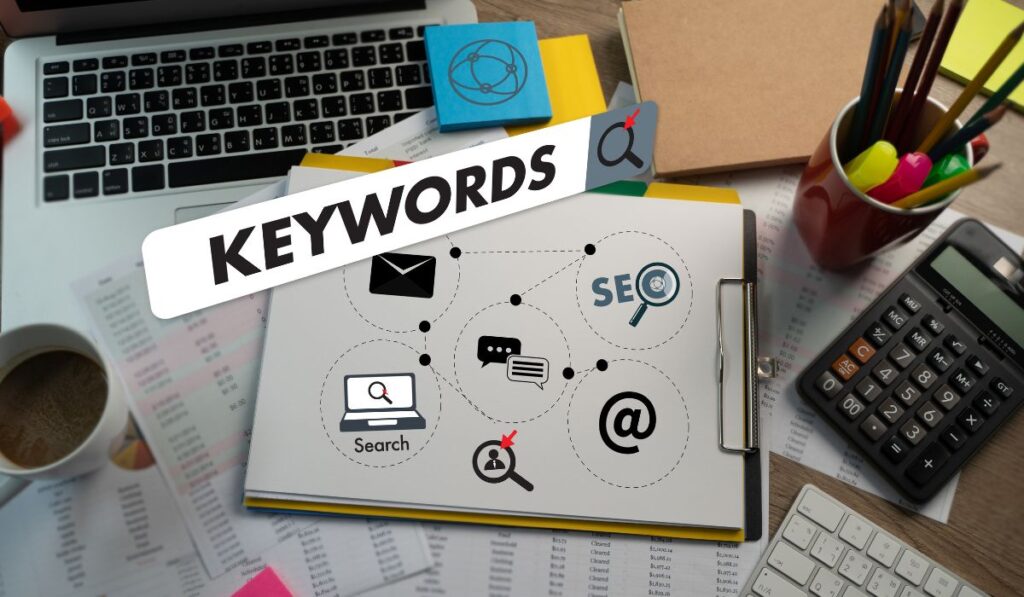Search Engine Optimization (SEO) is a fundamental pillar of digital marketing, helping businesses gain visibility in the often overcrowded digital space. Within SEO, there’s a specific area called On-Page SEO that plays a crucial role in optimizing individual web pages, making them relevant and understandable for both search engines and users. This article will guide you through the ins and outs of On-Page SEO and how you can implement it to boost your website’s performance.
Understanding On-Page SEO
On-Page SEO (also known as “on-site SEO”) involves optimizing various front-end and back-end elements of your website to improve its visibility in search engine results pages (SERPs). These elements include your content, HTML tags (title, meta, and headers), URLs, and images. By optimizing these components, you increase your site’s relevance to specific keywords, improving your chances of ranking higher in SERPs.
Key Elements of On-Page SEO
Keyword Research:
Before you even begin optimizing your site, you need to understand what keywords are relevant to your business. Tools like Google Keyword Planner, SEMRush, and Ahrefs can help you find keywords that are pertinent to your content and have a high search volume.
Content Quality:
Once you have your keywords, it’s time to create high-quality, engaging, and informative content around them. Google prioritizes user experience, and high-quality content is a significant part of that.
Title Tags:
Your title tag is the headline that appears in the search engine results. It should be an accurate description of your page content and include the main keyword.
Meta Description:
The meta description appears beneath the title tag in search results. This should be a concise and engaging summary of your content, including your target keywords.
Header Tags:
Header tags (H1, H2, H3, etc.) help search engines understand the structure and content of your webpage. Your H1 tag should include your main keyword and be a clear descriptor of your page content.
URL Structure:
A clean and keyword-rich URL structure can enhance your search visibility. It should be easily understandable, both by search engines and users.
Internal and External Links:
Incorporating relevant internal and external links within your content can enhance your SEO. Internal links help define your site’s structure and hierarchy, while external links to high-authority sites can boost your credibility.
Image Optimization:
Images can also be optimized for SEO. Using relevant file names, alt text, and compressing the image size can help improve page load speed and accessibility.
Why On-Page SEO is Important?
On-Page SEO is vital as it helps search engines understand your website and its content, as well as identify whether it is relevant to a searcher’s query. By optimizing the on-page elements, you can directly influence your website’s visibility, thereby increasing traffic and conversions.
On-Page SEO also improves readability and user experience, leading to lower bounce rates, increased time spent on the site, and higher conversion rates. In short, effective On-Page SEO means better search visibility, more organic traffic, and improved user experience, all of which can contribute to your business’s bottom line.
Conclusion
In an age where digital presence is crucial for businesses, optimizing your website for search engines and users is paramount. Implementing strong, quality SEO on your site’s pages is an essential step toward reaching your target audience and achieving your business goals. Remember, SEO is not a one-time task but rather an ongoing process. Stay up-to-date with SEO trends, make necessary adjustments, and your efforts will pay off in the long run.

